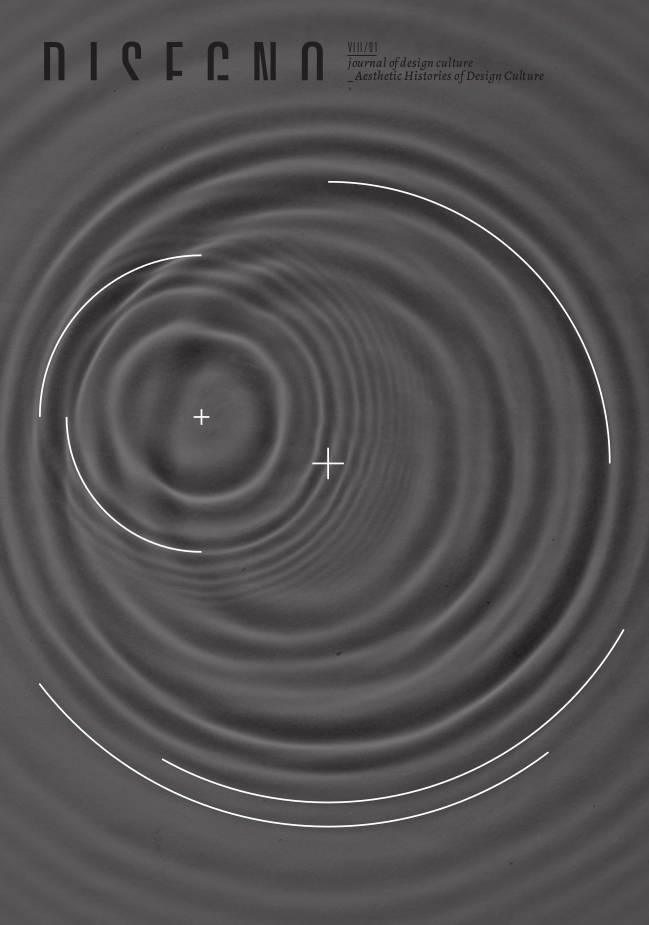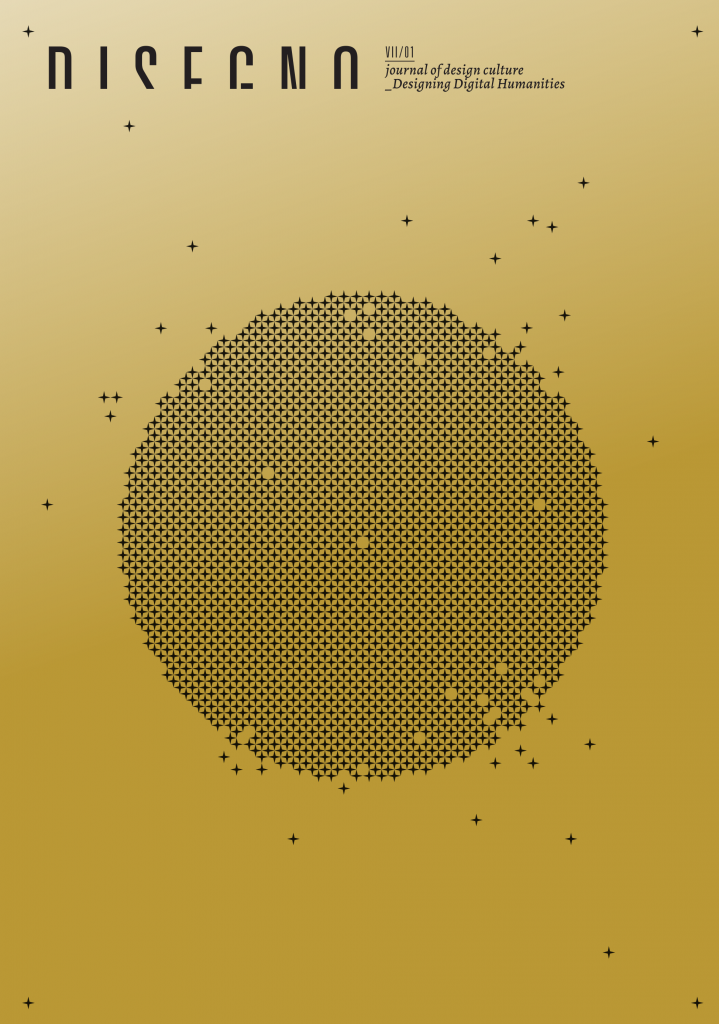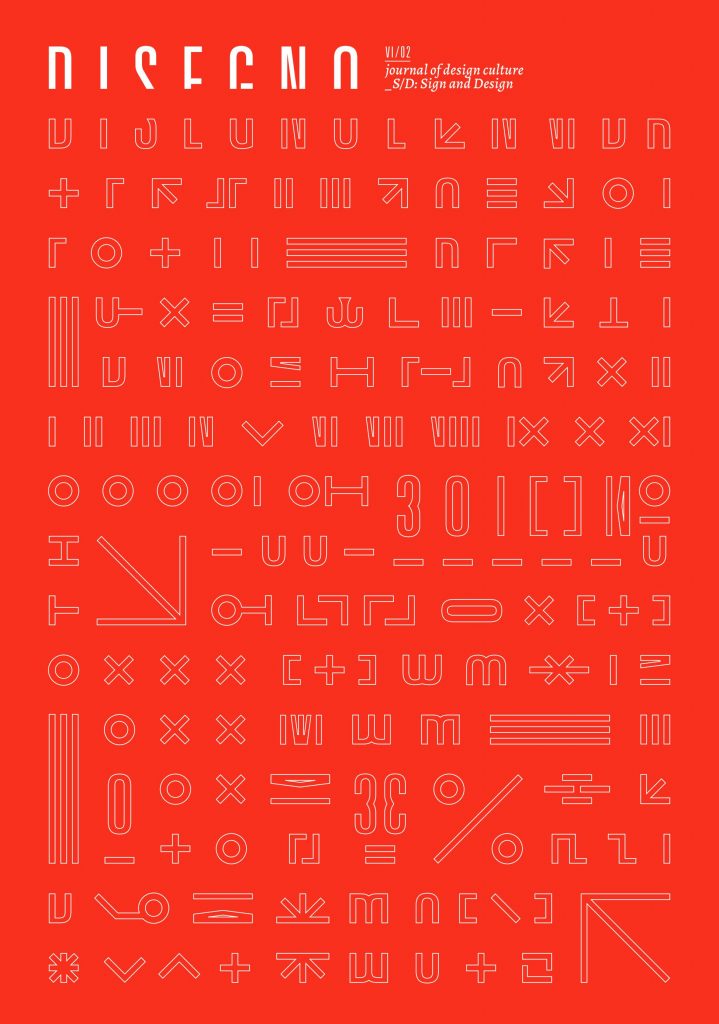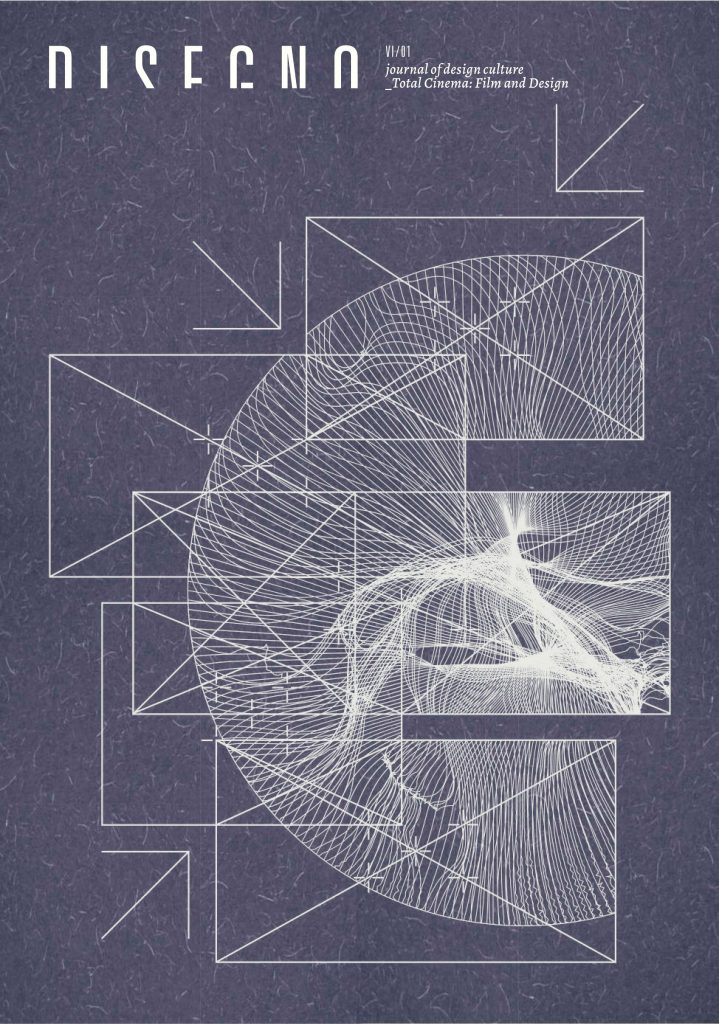“Art is like masturbation. It is selfish and introverted and done for you and you alone. Design is like sex,”goes the popular quote by Colin Wright. Would that it were so simple! Classical functionalists, and even Victor Papanek, saw their mission as defining and satisfying basic human needs “for the real world.” But can we speak of a definable human need in the case of the seemingly most animalistic one, sexuality? Or is it more a paradoxical entanglement of traditions, habiti, desires, and repressions? What kind of desires are these? And who designs their objects and subjects?
For the next issue of our journal we propose approaching the above subject from two perspectives.
One potentially observable aspect extends beyond the narrow area of pornography, involving wider societal issues. In a society where consumption is used to escape recession, we may be inclined to see the values created by contemporary design culture increasingly ephemeral and as tools of the over-eroticisation, or even pornographisation, of culture, which do not satisfy actual needs. According to more optimistic views, the objects of desire at least make life more bearable. According to Ben Dorfman’s interpretation of Bataille, eroticism is a natural human need which transcends procreative sexuality, and, consequently, the satisfaction of natural needs necessary for survival can also be an elementary part of consumption that at first glance appears to be self-serving and useless. However, when the balance between sexuality and eroticism is upset, exclusive autosexuality and the pathological state of pornographic nausea arise – and by analogy, we can speak of the complete virtualisation and anaesthetisation of the consumer self.
From a second suggested perspective we aim to interrogate how desire—especially in its pornographic and erotic articulations—is shaped by design practices, designed objects, environments and services, aesthetic regimes, technological affordances, media contexts, and economic imperatives. In particular, we are interested in analyses that move beyond the moralising discourse surrounding pornography, considering instead its cultural logic, historical embeddedness, and material manifestations within contemporary consumer society.
This call is open to (but not restricted to) the following topics:
- Pornography as a cognitive metaphor: eroticisation and/or pornographisation of contemporary consumer society and culture ///
- Pornography as design practice: interfaces, platforms, aesthetics, choreography ///
- Pornographic images and media environments ///
- Eroticism and the semiotics of consumer goods: packaging, display, branding /// Obscenity and opacity in design: the limits of visibility, censorship, and the aesthetics of concealment /// Histories of eroticism in advertising, fashion, product design ///
- Queer aesthetics and the re-design of desire ///
- Algorithmic desire: personalisation, recommendation engines, and the datafication of pleasure ///
- Sex toys, wearable tech, and the material culture of intimacy ///
- Commodification and fetishism in consumer culture ///
- Designing for taboo: kink, deviance, and the subcultural economies of erotic consumption ///
- The uncanny or abject erotic in design ///
- Erotic labor and the aesthetics of digital work ///
- Visual pleasure and discontents in post-industrial design
Disegno accepts research papers (c. 6000 words), essays (c. 3000 words), and book/exhibition reviews (c. 2000 words). Research papers undergo double-blind peer review; reviews and essays are typically reviewed by the editors. If you are interested, please submit a 150–250 word abstract, 5 keywords, and a 140-word CV in prose form to disegno@mome.hu
October 19th: submission of abstracts
October 31: feedback on proposals ● December 20: deadline for submitting the accepted papers ● May 2026: publication






